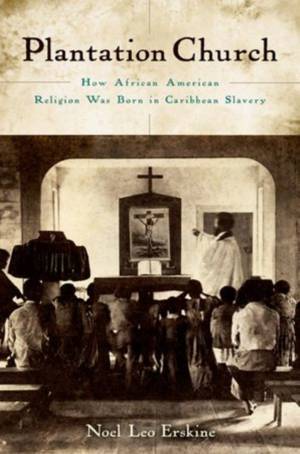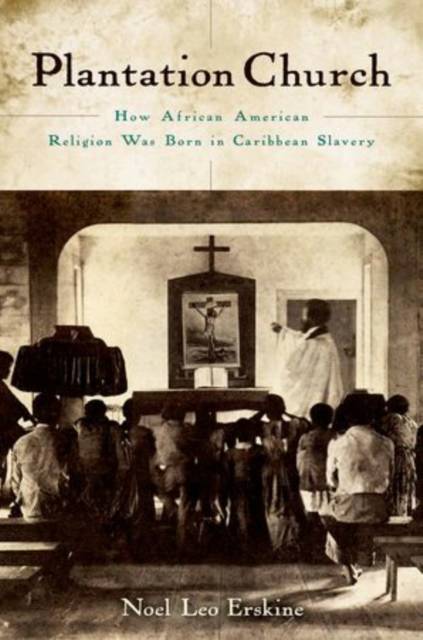
- Afhalen na 1 uur in een winkel met voorraad
- Gratis thuislevering in België vanaf € 30
- Ruim aanbod met 7 miljoen producten
- Afhalen na 1 uur in een winkel met voorraad
- Gratis thuislevering in België vanaf € 30
- Ruim aanbod met 7 miljoen producten
Zoeken
Plantation Church
How African American Religion Was Born in Caribbean Slavery
Noel Leo Erskine
Hardcover | Engels
€ 198,95
+ 397 punten
Uitvoering
Omschrijving
Noel Leo Erskine investigates the history of the Black Church as it developed both in the United States and the Caribbean after the arrival of enslaved Africans. Typically, when people talk about "the Black Church" they are referring to African-American churches in the U.S., but in fact, the majority of African slaves were brought to the Caribbean. It was there, Erskine argues, that the Black religious experience was born. The massive Afro-Caribbean population was able to establish a form of Christianity that preserved African Gods and practices, but fused them with Christian teachings, resulting in religions such as Cuba's Santería. The Black religious experience in the U.S. was markedly different because African Americans were a political and cultural minority. The Plantation Church became a place of solace and resistance that provided its members with a sense of kinship, not only to each other but also to their ancestral past.
Despite their common origins, the Caribbean and African American Church are almost never studied together. Plantation Church examines the parallel histories of these two strands of the Black Church, showing where their historical ties remain strong and where different circumstances have led them down unexpectedly divergent paths. The result will be a work that illuminates the histories, theologies, politics, and practices of both branches of the Black Church.
Despite their common origins, the Caribbean and African American Church are almost never studied together. Plantation Church examines the parallel histories of these two strands of the Black Church, showing where their historical ties remain strong and where different circumstances have led them down unexpectedly divergent paths. The result will be a work that illuminates the histories, theologies, politics, and practices of both branches of the Black Church.
Specificaties
Betrokkenen
- Auteur(s):
- Uitgeverij:
Inhoud
- Aantal bladzijden:
- 240
- Taal:
- Engels
Eigenschappen
- Productcode (EAN):
- 9780195369144
- Verschijningsdatum:
- 6/02/2014
- Uitvoering:
- Hardcover
- Formaat:
- Genaaid
- Afmetingen:
- 239 mm x 163 mm
- Gewicht:
- 498 g

Alleen bij Standaard Boekhandel
+ 397 punten op je klantenkaart van Standaard Boekhandel
Beoordelingen
We publiceren alleen reviews die voldoen aan de voorwaarden voor reviews. Bekijk onze voorwaarden voor reviews.











